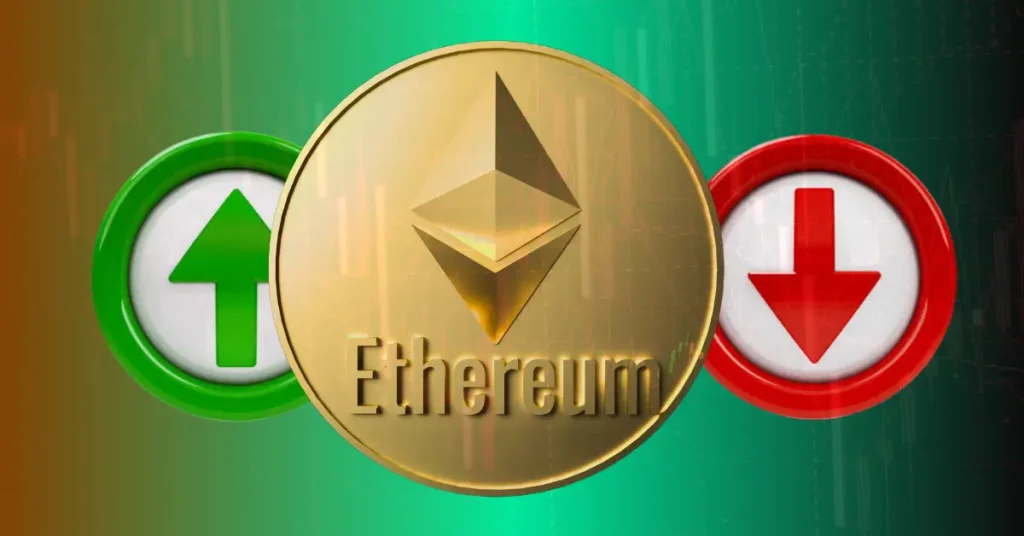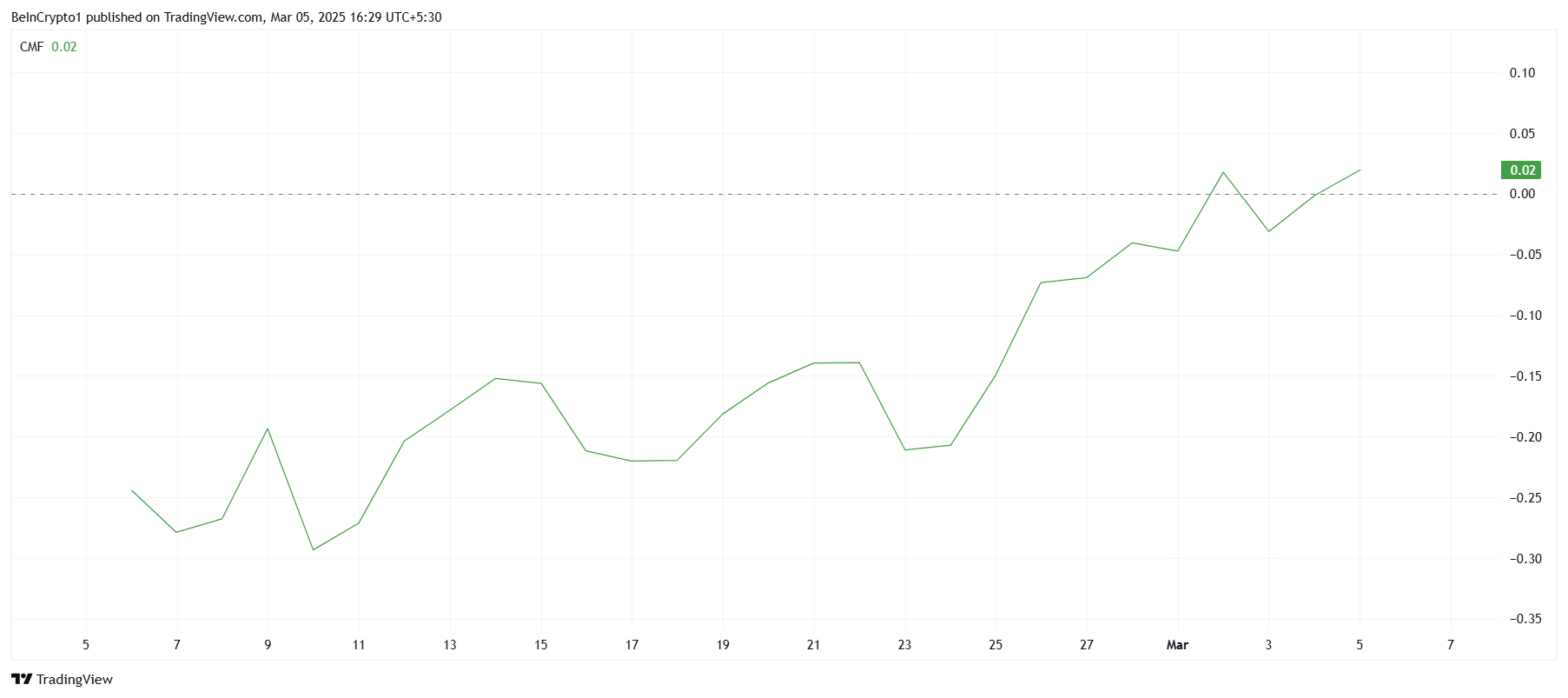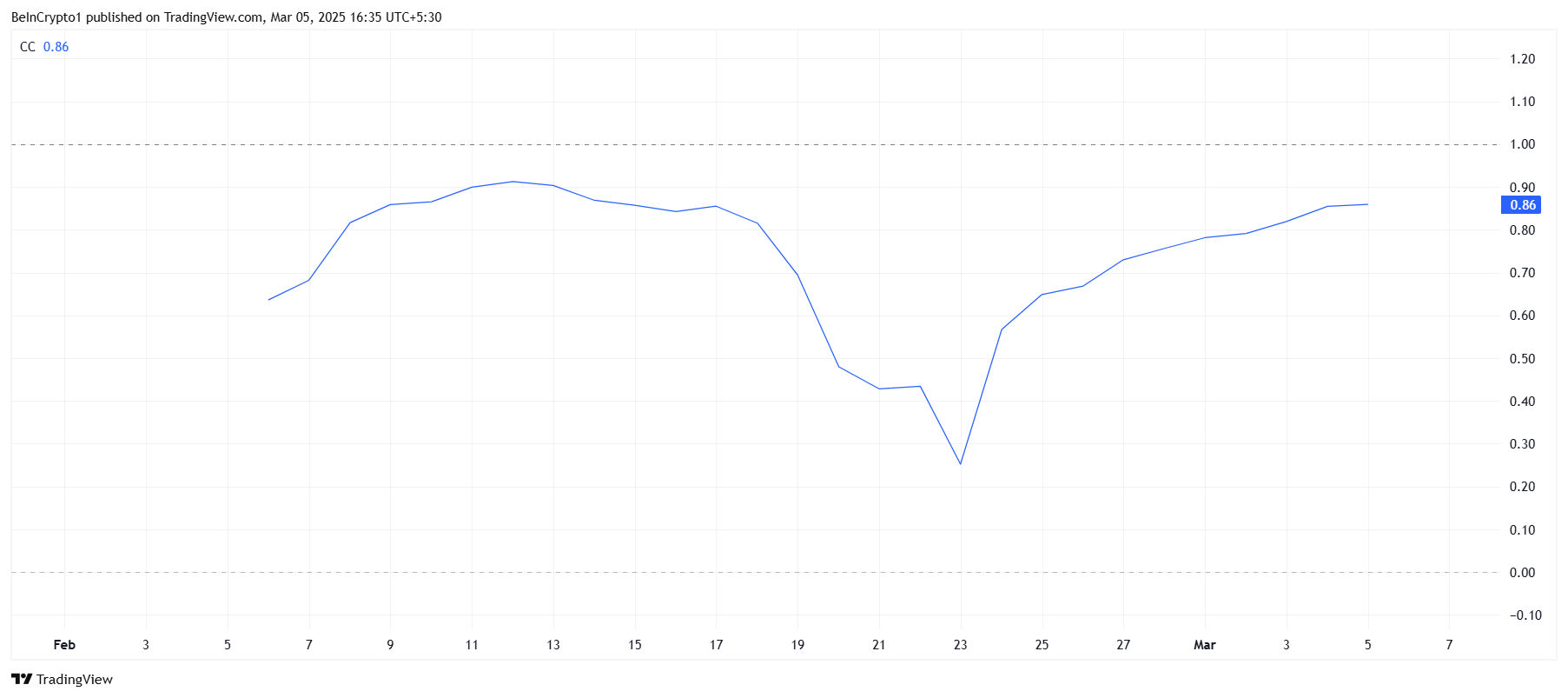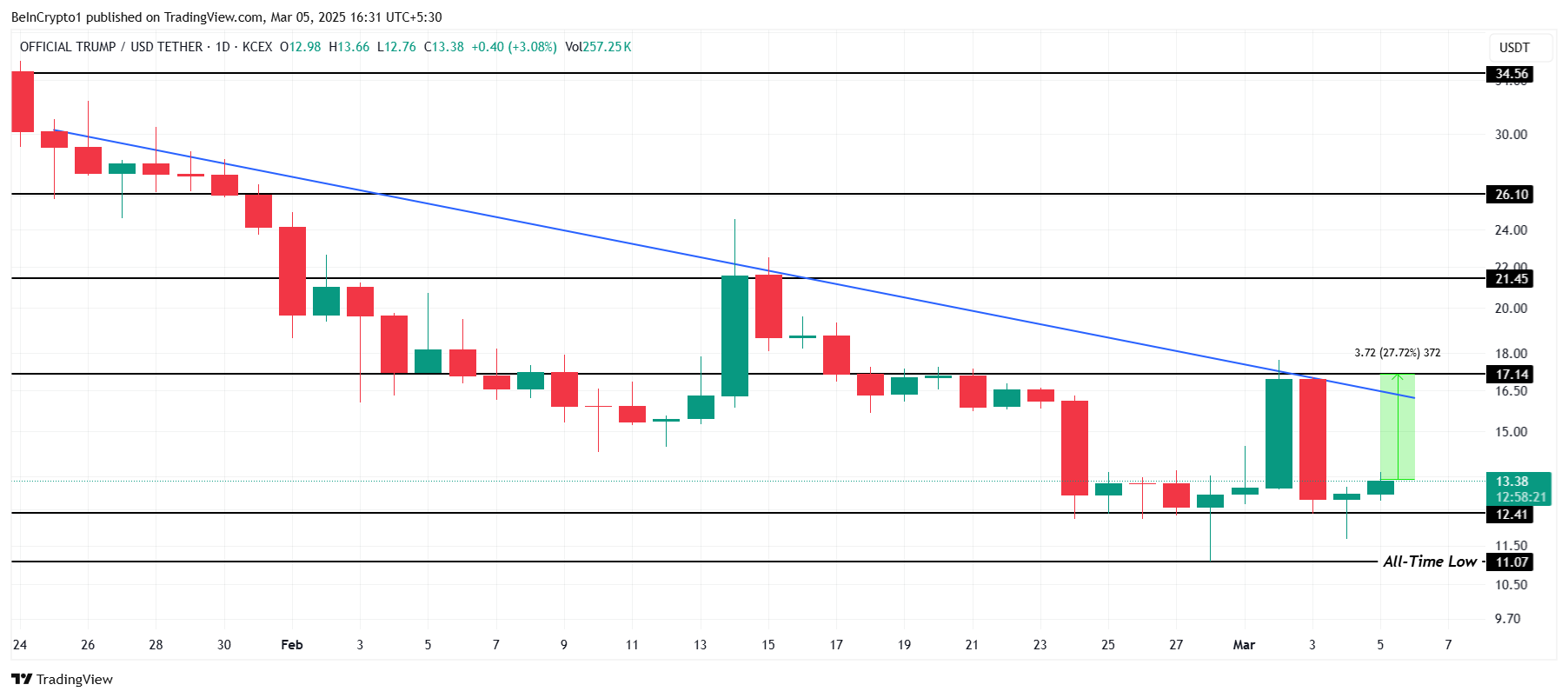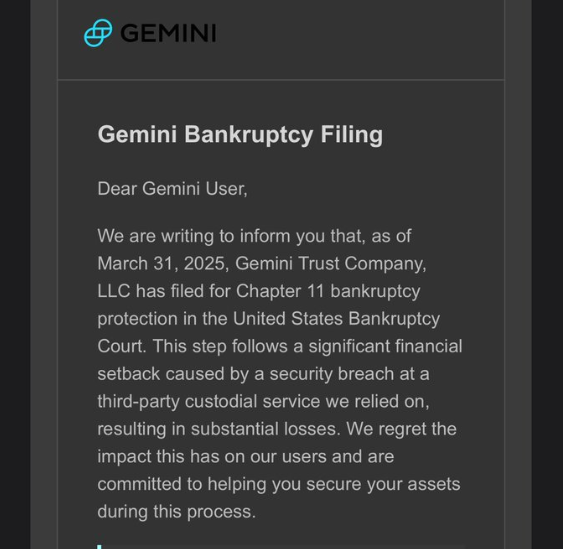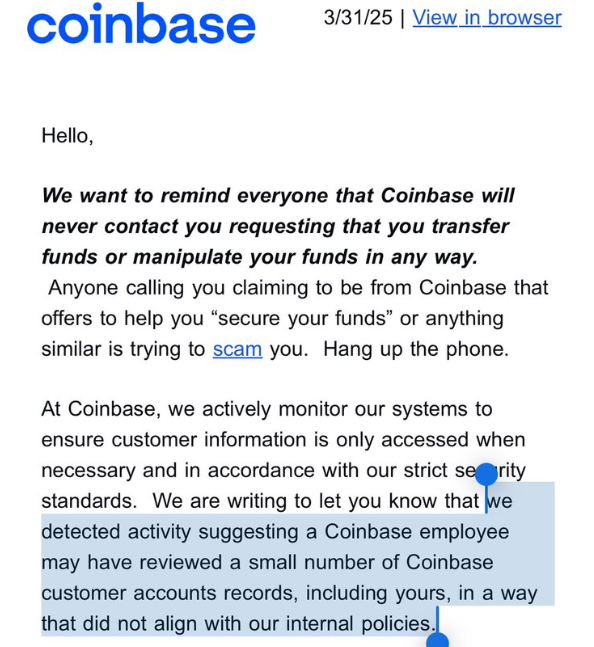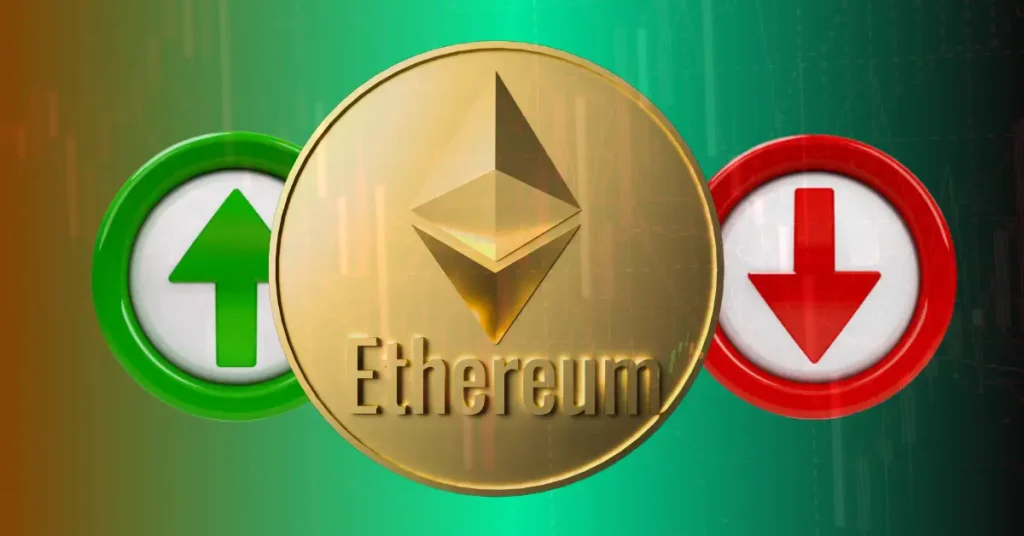
The post Ethereum Price Today: Bearish Trend Returns as Fed QT Slows Momentum appeared first on Coinpedia Fintech News
Trump’s tariff war and pause theory has given many ups and downs to the crypto market. Following the current market sentiment, Ethereum’s price recently made a push past $1,550, even touching $1,687 at one point, but the rally was short-lived. The asset has since lost steam, slipping below key resistance levels and trading under $1,580. As the price faces a new bearish trend line, bulls are in a tight spot; they either break through and regain momentum or dive down toward the $1,500 support zone.
Similar Cycle, But Slower Pace
According to crypto analyst Benjamin Cowen, Ethereum’s underperformance isn’t random, it’s echoing a pattern from 2019. In his latest YouTube video, Cowen explains that Ethereum appears to be repeating the same structural movements as in the last cycle, only this time, the cycle is stretched out significantly. The slowdown, he says, is due to ongoing macroeconomic pressure, specifically, the extended period of quantitative tightening (QT) by the U.S. Federal Reserve.
QT is when the Fed reduces its balance sheet to tighten money supply, usually to fight inflation. This creates a tougher environment for risk assets like Ethereum. Unlike the previous cycle where QT ended well before Bitcoin’s halving, this time it has persisted even into the post-halving year.
QT May End Soon—A Turning Point?
Cowen points to a recent Federal Open Market Committee (FOMC) summary from January, which suggests the Fed might end QT by mid-2025. If this timeline holds, Ethereum could begin gaining traction again once liquidity returns to the market. Until then, Cowen implies we may continue to see sluggish growth from ETH compared to more speculative or faster-moving altcoins.
- Also Read :
- Crypto Price Today: Ripple XRP News, Gold Price Today, Hang Seng Index, Nifty Fifty, PI Network News
- ,
Where ETH Stands Now
At the time of Cowen’s video, Ethereum was trading around $1,652, up 12% in the last 24 hours. Despite the recent uptick, it’s still struggling to outperform the broader crypto market. The mixed technical scenario, along with bearish trend lines and key resistances followed by macroeconomic drag, is making it harder for ETH to lead the current cycle.
In short, Cowen believes Ethereum’s slow momentum isn’t a failure of the asset itself but a symptom of extended economic tightening. If QT ends as projected, ETH may finally have the breathing room to run. Until then, it’s a game of patience.
Never Miss a Beat in the Crypto World!
Stay ahead with breaking news, expert analysis, and real-time updates on the latest trends in Bitcoin, altcoins, DeFi, NFTs, and more.

